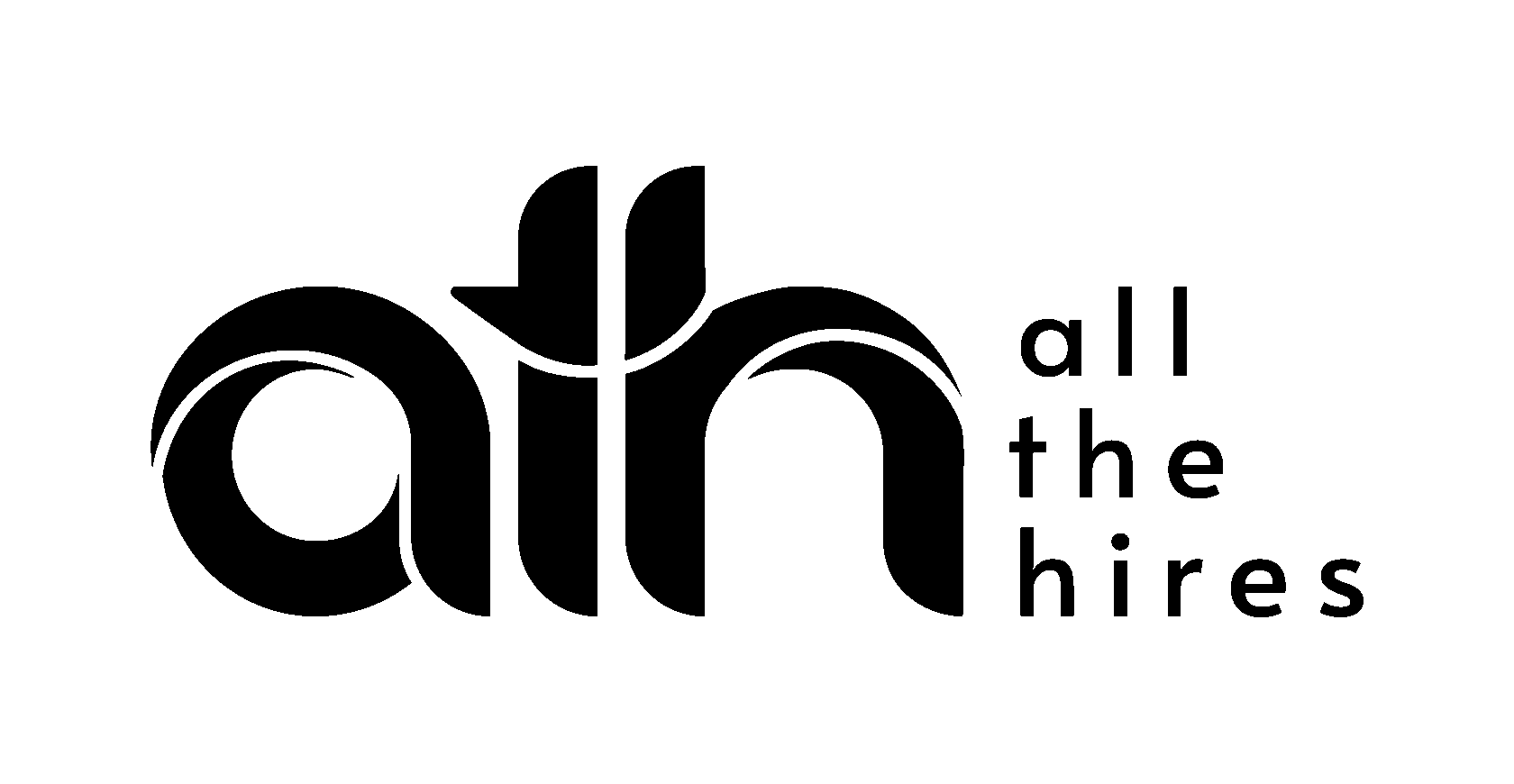More Than Numbers: A Closer Look at Hiring Metrics and What They Mean
Many organizations fall into the trap of using basic hiring metrics - such as the number of applications or interviews - as indicators of success. While these numbers can provide some insight, they often don’t tell the full story. Relying solely on them can be misleading, resulting in inefficiencies and missed opportunities to improve your hiring process.
TL;DR part for those who are here just for a quick moment:
Basic hiring metrics like application counts and interview volume can be misleading. To optimize your hiring process, focus on deeper insights like candidate quality, conversion rates, market alignment, and proactive sourcing performance. Partnering with talent consultancies can provide data-driven strategies, benchmark your processes, and improve hiring outcomes. Don’t wait to engage with experts - start the conversation now to future-proof your recruitment efforts.
To others, welcome to the rest of this post ⬇️
Basic hiring metrics like application counts and interview volume can be misleading. To optimize your hiring process, focus on deeper insights like candidate quality, conversion rates, market alignment, and proactive sourcing performance. Partnering with talent consultancies can provide data-driven strategies, benchmark your processes, and improve hiring outcomes. Don’t wait to engage with experts - start the conversation now to future-proof your recruitment efforts.
To others, welcome to the rest of this post ⬇️

Artyom Kobahidze
Founder / CEO @ All The Hires
It's common to celebrate high application counts or busy interview schedules. But these are just activities, not outcomes. To measure real success, consider these questions alongside key metrics.
1. Applicant quality
Questions to ask:
- Are the applications relevant?
- Did the source of these applications yield high-quality candidates?
- Was the investment in this source worth it, or are you spending too much time rejecting unfit candidates?
2. Conversion rates
Questions to ask:
Questions to ask:
- How many applicants advance through each stage of your process?
- Where does drop-off occur, and why?
3. Hiring team efficiency
Questions to ask:
Questions to ask:
- How satisfied is your team with the candidates they meet?
- Are they spending excessive time interviewing unqualified candidates?
4. Proactive sourcing results
Questions to ask:
Questions to ask:
- How many candidates were approached directly?
- How did proactive sourcing compare to organic applications?
5. Market alignment
Questions to ask:
Questions to ask:
- Are candidates’ compensation expectations aligned with your budget?
- What is the market telling you about demand, competition, or skill shortages?
6. Candidate experience and outcomes
Questions to ask:
Questions to ask:
- What was the candidate journey like for those you hired?
- How did candidates perceive the process, and what feedback did they provide?
7. Standardization and benchmarking
Questions to ask:
By answering these questions and tracking the right metrics, you’ll gain actionable insights that help you hire smarter and create a smoother process for everyone involved.
Questions to ask:
- Do you have consistent metrics to track performance over time?
- Are your targets aligned with industry standards and your organization’s unique challenges?
By answering these questions and tracking the right metrics, you’ll gain actionable insights that help you hire smarter and create a smoother process for everyone involved.
How talent consultancies can help unlock the power of data
Partnering with a talent consultancy can elevate your recruitment process in ways that go beyond simply finding candidates. These agencies bring expertise in tracking, analyzing, and optimizing hiring data, which directly correlates to better outcomes.
Here’s how a consultancy can add value:
Partnering with a talent consultancy can elevate your recruitment process in ways that go beyond simply finding candidates. These agencies bring expertise in tracking, analyzing, and optimizing hiring data, which directly correlates to better outcomes.
Here’s how a consultancy can add value:
- Data-driven approach: Consultancies rigorously track metrics such as candidate funnel ratios, sourcing channel ROI, and average time-to-fill to identify bottlenecks and improve hiring velocity.
- Market insights: They provide data on salary benchmarks, market trends, and candidate expectations to help you stay competitive.
- Process benchmarking: Consultancies compare your metrics, like offer-to-acceptance rates and conversion rates, to industry standards, identifying opportunities for improvement.
Start the conversation early
Even if you’re not planning to expand your team today, engaging with a recruitment consultancy can still be valuable. Many agencies are willing to share insights and market data for free as part of building a long-term relationship. Establishing this connection now can pay dividends when you’re ready to grow your team.
Even if you’re not planning to expand your team today, engaging with a recruitment consultancy can still be valuable. Many agencies are willing to share insights and market data for free as part of building a long-term relationship. Establishing this connection now can pay dividends when you’re ready to grow your team.
To conclude
Hiring metrics should empower your talent acquisition strategy, not just justify busyness. By focusing on the right questions, tracking meaningful metrics, and leveraging insights from expert consultancies, you can transform your hiring process into a data-driven engine for business success.
Are you ready to start asking better questions? If so, don’t hesitate to reach out to a trusted partner like us or take the first steps toward optimizing your metrics. Your future hires, and your hiring team, will thank you.
Hiring metrics should empower your talent acquisition strategy, not just justify busyness. By focusing on the right questions, tracking meaningful metrics, and leveraging insights from expert consultancies, you can transform your hiring process into a data-driven engine for business success.
Are you ready to start asking better questions? If so, don’t hesitate to reach out to a trusted partner like us or take the first steps toward optimizing your metrics. Your future hires, and your hiring team, will thank you.
January, 24 / 2025

